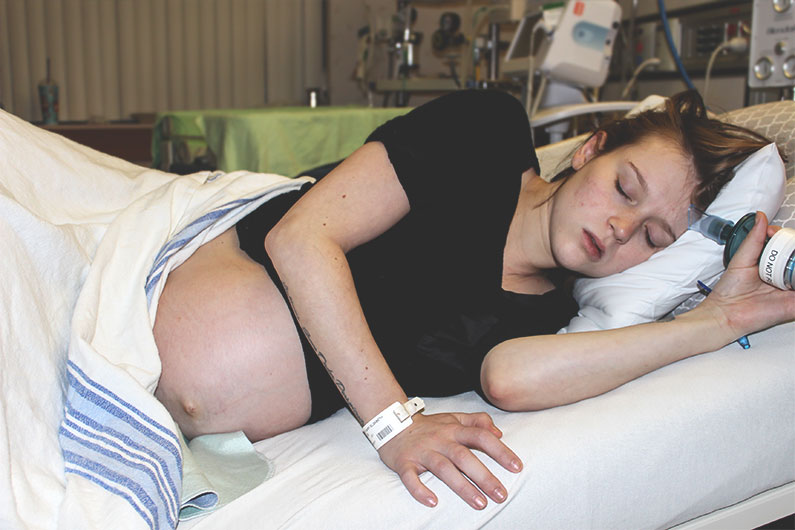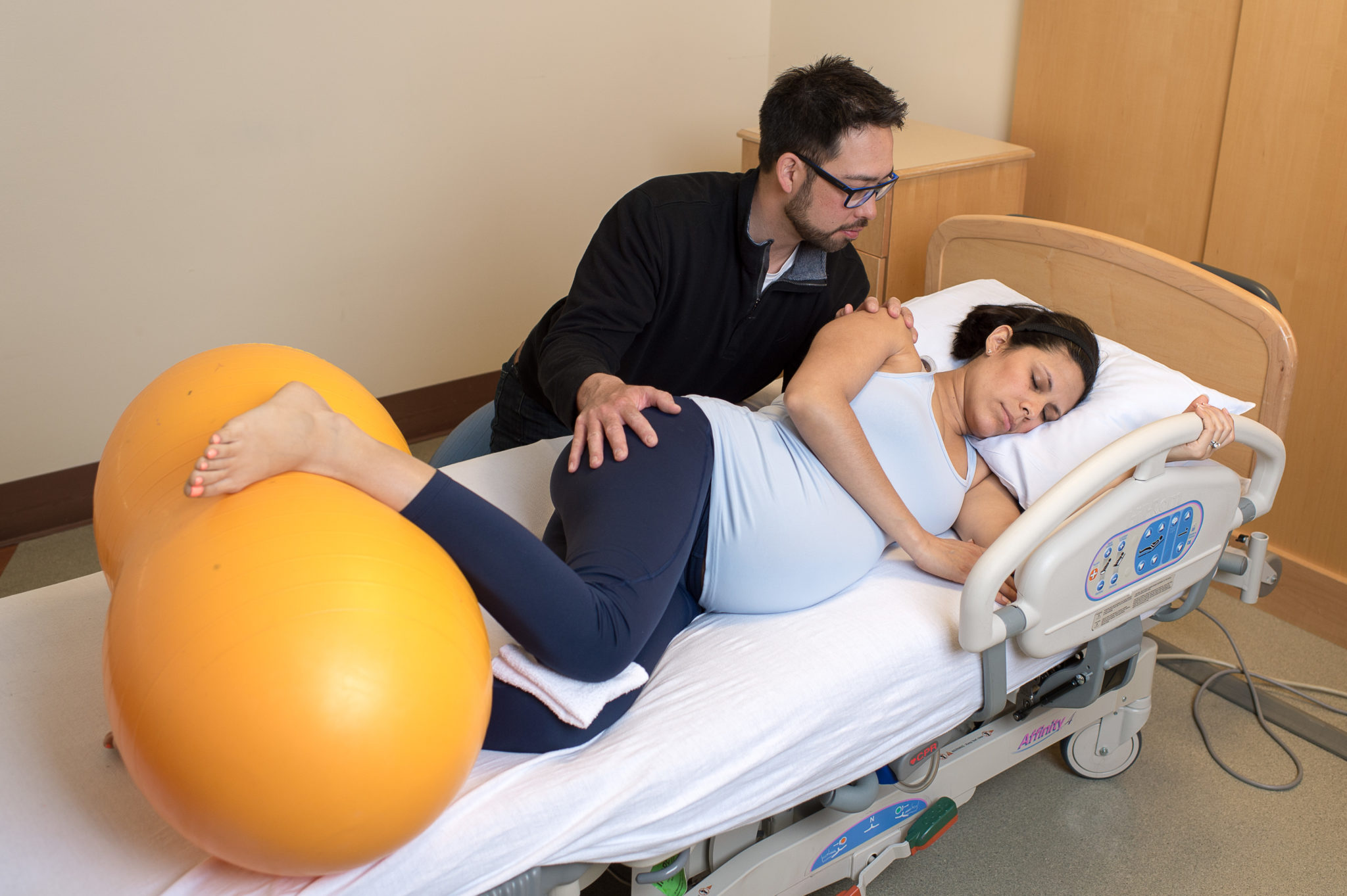Prevent Tearing During Childbirth

[et_pb_section fb_built=”1″ admin_label=”section” _builder_version=”3.22″][et_pb_row admin_label=”row” _builder_version=”3.25″ background_size=”initial” background_position=”top_left” background_repeat=”repeat”][et_pb_column type=”4_4″ _builder_version=”3.0.47″ custom_padding=”|||” custom_padding__hover=”|||”][et_pb_text _builder_version=”4.9.2″ background_size=”initial” background_position=”top_left” background_repeat=”repeat” hover_enabled=”0″ z_index_tablet=”500″ text_text_shadow_horizontal_length_tablet=”0px” text_text_shadow_vertical_length_tablet=”0px” text_text_shadow_blur_strength_tablet=”1px” link_text_shadow_horizontal_length_tablet=”0px” link_text_shadow_vertical_length_tablet=”0px” link_text_shadow_blur_strength_tablet=”1px” ul_text_shadow_horizontal_length_tablet=”0px” ul_text_shadow_vertical_length_tablet=”0px” ul_text_shadow_blur_strength_tablet=”1px” ol_text_shadow_horizontal_length_tablet=”0px” ol_text_shadow_vertical_length_tablet=”0px” ol_text_shadow_blur_strength_tablet=”1px” quote_text_shadow_horizontal_length_tablet=”0px” quote_text_shadow_vertical_length_tablet=”0px” quote_text_shadow_blur_strength_tablet=”1px” header_text_shadow_horizontal_length_tablet=”0px” header_text_shadow_vertical_length_tablet=”0px” header_text_shadow_blur_strength_tablet=”1px” header_2_text_shadow_horizontal_length_tablet=”0px” header_2_text_shadow_vertical_length_tablet=”0px” header_2_text_shadow_blur_strength_tablet=”1px” header_3_text_shadow_horizontal_length_tablet=”0px” header_3_text_shadow_vertical_length_tablet=”0px” header_3_text_shadow_blur_strength_tablet=”1px” header_4_text_shadow_horizontal_length_tablet=”0px” header_4_text_shadow_vertical_length_tablet=”0px” header_4_text_shadow_blur_strength_tablet=”1px” header_5_text_shadow_horizontal_length_tablet=”0px” header_5_text_shadow_vertical_length_tablet=”0px” header_5_text_shadow_blur_strength_tablet=”1px” header_6_text_shadow_horizontal_length_tablet=”0px” header_6_text_shadow_vertical_length_tablet=”0px” header_6_text_shadow_blur_strength_tablet=”1px” box_shadow_horizontal_tablet=”0px” box_shadow_vertical_tablet=”0px” box_shadow_blur_tablet=”40px” box_shadow_spread_tablet=”0px” sticky_enabled=”0″]
Pressure resulting from the shape of an anterior positioned baby’s head who is facing the back as the head emerges over the perineum tends to be symmetrical and not overextend the perineum compared to a posterior positioned baby. The head of a posterior baby is positioned so the wider part of the top of the head (parietal eminences) passes under the perineum making it stretch much wider than the crown of the anterior positioned head.
A well-nourished birth giver who follows the tendency to pant may give birth without tearing in most cases. Consider that most people who are free to move in a home or home-like environment will birth leaning forward over a piece of furniture, for instance. They may be on hands and knees (all fours) or standing and leaning on something – or someone! The pressure on the perineum is much less.
When confined to bed, sidelying is easier than lying on the back. Often we see knees pulled up a bit closer towards the abdomen and knees together. The perineum receives less pressure and baby can slip out more easily. Perhaps due to the bones being wider in this position than with knees apart. Avoiding a tear is a common desire. Of course!
How to Prevent Tearing During Labor
Prepare with Spinning Babies® to encourage room for an anterior baby at the time of birth. Use the Forward-leaning Inversion and the Sidelying Release in pregnancy and in labor to encourage the anterior position in pregnancy but also once contractions begin in earnest.
For healthy skin, eat fresh veggies, healthy fats, minerals, and avoid carbonated beverages, smoking and alcohol. Avocado, coconut oil, real butter, and fish oils are good fats! Almonds, walnuts, brazil nuts and a few macadamia nuts are good choices if you eat nuts. You can eat organic or wild fish or chicken with the skin on. Skip the fries and margarine and eat real butter on broccoli. Drink bone broth. Babies brains (grown-up brains!) and skin need fat to stretch and glow.
Suggestions for An Intact Perineum
Here’s an email and our founder Gail Tully’s way of suggesting support for an intact perineum:
When [my child] was born 3 years ago, I had a beautiful labor and birth… He was LOA, spontaneous labor that lasted 8 hours. Labor was easy, progressed without any difficulties or stalls, and was totally painless. My water broke 30 minutes before he was born, and that’s when things became more complicated. He was overdue and there was meconium in the water. I didn’t require any interventions and I pushed him out naturally, but the midwife coached me to get him out fast and I ended up having a severe tear when [my baby] came out too fast. I was repaired, of course, but still have ongoing incontinence symptoms.
So now I am pregnant again. I have been advised by the obstetrician and the colo-rectal surgeon to have a cesarean because of the risk of tearing to the same or worse degree with this birth. I want a natural birth and I do not want to tear again or have my symptoms get worse. I have already discussed birthing very slowly with no active pushing with my doctor, but there is always the problem of the weak point of the scar, which could split even with the most care when the head and body come through.
…[A]ny advice for birthing positions that reduce pressure on the perineum? Or even positions that are recommended to prevent tearing? So far, I have been advised to birth while lying on my side, but that is the only advice anyone has to offer. I am open to any suggestions at all!
Absolutely! Please begin Sidelying Release on both sides a few times this week to get the hang of it. You may like to do this on both sides once or twice a week till labor. In labor, please do Sidelying Release on both sides and Forward-leaning Inversion with a hip sifting with the Rebozo in early labor if you have time in early labor. Make it a point. Then, in active labor, in strong active labor, do Sidelying Release through a contraction on each side! It will be comfortable enough with your baby in a nice position but this helps the pelvic floor and your perineum because of your pelvic floor.
If you can then spend any time before or after, within an hour of pushing, in deep water or a deep bath, please do. Don’t make it hot, but warm enough to relax in, but not the heat that some hot bathers love. A tub temp over 99° F (37° C) is too hot.
If you can’t get in water, have quite warm wet washcloths on your perineum while pushing gets going. Not too soon and not necessary for when the head emerges but also possible if not too hot or not gingery. If you use fresh grated ginger tea for your perineum, switch to plain warm water when the baby’s head appears. Baby won’t get the ginger tea on their scalp. As the head comes down and stops slipping back up between contractions is time to be soothing with water, not ginger.
Let your baby slip out and in and out again as the movement of the head massages the muscles and skin, lets circulation return when baby retreats, and also helps baby’s cord circulate oxygen better than heavy pushing or attempting to “hold baby down between pushes,” which some providers suggest. Just relax with a deep breath to baby and your perineum. Baby will only slip back up until the next contraction. Relaxing into your body’s own signals is important to avoid a tear. When you feel the ring of fire, (and consider not having a lidocaine gel rubbed on your perineum or other numbing agent that blocks this signal) then pant, don’t push. Let the uterus move baby more slowly.
Lying on your side is certainly a good option. Hands and knees is another. In any position, put your knees together! Yes! Knees together and heels apart. Point your toes at each other. If on your side, it will basically be turning one thigh and foot into this position. You might hear, “Knees apart, dear!”, from your care providers. But you can prove to yourself that the position I describe opens the bottom of your pelvis. Hold your sitz bones while you put your knees together and turn your heels out. Feel the sitz bones move wider apart! Opening your lower pelvis in this way will help pushing be more gentle for you and the baby. Knees together actually opens the bones at the bottom of the pelvis so if your birth team can see baby’s head, then let your knees come together to make room for the head so the head doesn’t have to move back further towards your perineum to get around the sitz bones.
However, if they say, baby is still high and we’re waiting for baby to come around the bend or under the bone then opening your knees is suitable. If they don’t see the head at all and have to reach far to find it, just flatten your lower back during those pushes until baby comes down. This will help baby come down. (See Abdominal Lift and Tuck and do the tuck portion while lying in bed – that would be a posterior pelvic tilt).
Don’t squat. Use the positions I mentioned so you don’t have to push hard. I invite members of our community to email photos and permission for us to use to illustrate pushing with knees together in a variety of positions.

Perineal Support
Holding the perineum is not ideal for everyone. Too much pulling and pressing can cause swelling. But to avoid opening a previous tear where the muscles were significantly torn the first birth, holding the perineum can be quite helpful. Hopefully, the person catching your baby will gently hold the sides of your perineum towards the center of your perineum but not push on it. Many providers know this tip. If they use a towel, as is sometimes done, the towel or your perineum or both should be moist.
You have an excellent chance of no tear or a tiny tear with this approach. Sidelying Release is extremely helpful and is ideally followed by deep water immersion even if you don’t have a water birth for the actual birth. Also, a pelvic floor specialist may help you with your current situation. Someone with understanding of the fascia may be quite useful.
Further Reading:
- Fear of Childbirth Pain
- Increasing Likelihood of Posterior Rotation
- Birth Positions – Monthly Update
- Jiggle and Stretch Protocols
Upcoming Workshops
[tribe_events_list limit=”4″]
[/et_pb_text][/et_pb_column][/et_pb_row][/et_pb_section]
